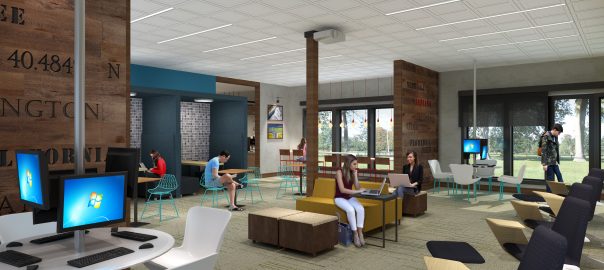The future of interior design is smart and sustainable. It incorporates thoughtful, meaningful technology in both community and private spaces as well as sophisticated design that is driven by innovation and community. Connectivity in buildings of all sizes—particularly for active adults—brings technology to life and enhances the entire living experience.
With custom algorithms to reduce lead time and grow your competitive advantage, artificial intelligence in design creates value for buildings of all sizes. From remote security and keyless entry to refrigerated areas for daily food delivery that property managers and tenants can control remotely, technology supports a variety of unique consumer needs, ensuring safety, efficiency, ease and visibility.
Active adults particularly prize the ability to connect with friends and family. Residential communities and buildings that offer indoor and outdoor activities with the support of high-end technology create the perfect balance of adventure and enjoyment for residents.
The Childs Dreyfus Group synergistically integrates state-of-the-art software with the human touch to push the envelope on design, enhance user experience, and support environmental, social and corporate governance (ESG) goals. Residents now have the ability to plug in anytime, anywhere with charging docks in “hot furniture” that provide ongoing access to technology. Likewise, transit screens give residents access to view local transportation spots, including train times and Uber pick-up locations. It’s all about AI-enabled intuitive design that benefits planning, building and everyday living in community spaces.
Ultimately, best-in-class design incorporates AI and a forward-thinking approach as the hallmarks of interior design for the future. If you would like support in reimaging and designing multi-family or mixed-use spaces for today and tomorrow, The Childs Dreyfus Group can help you incorporate technology for smart, sustainable spaces.











